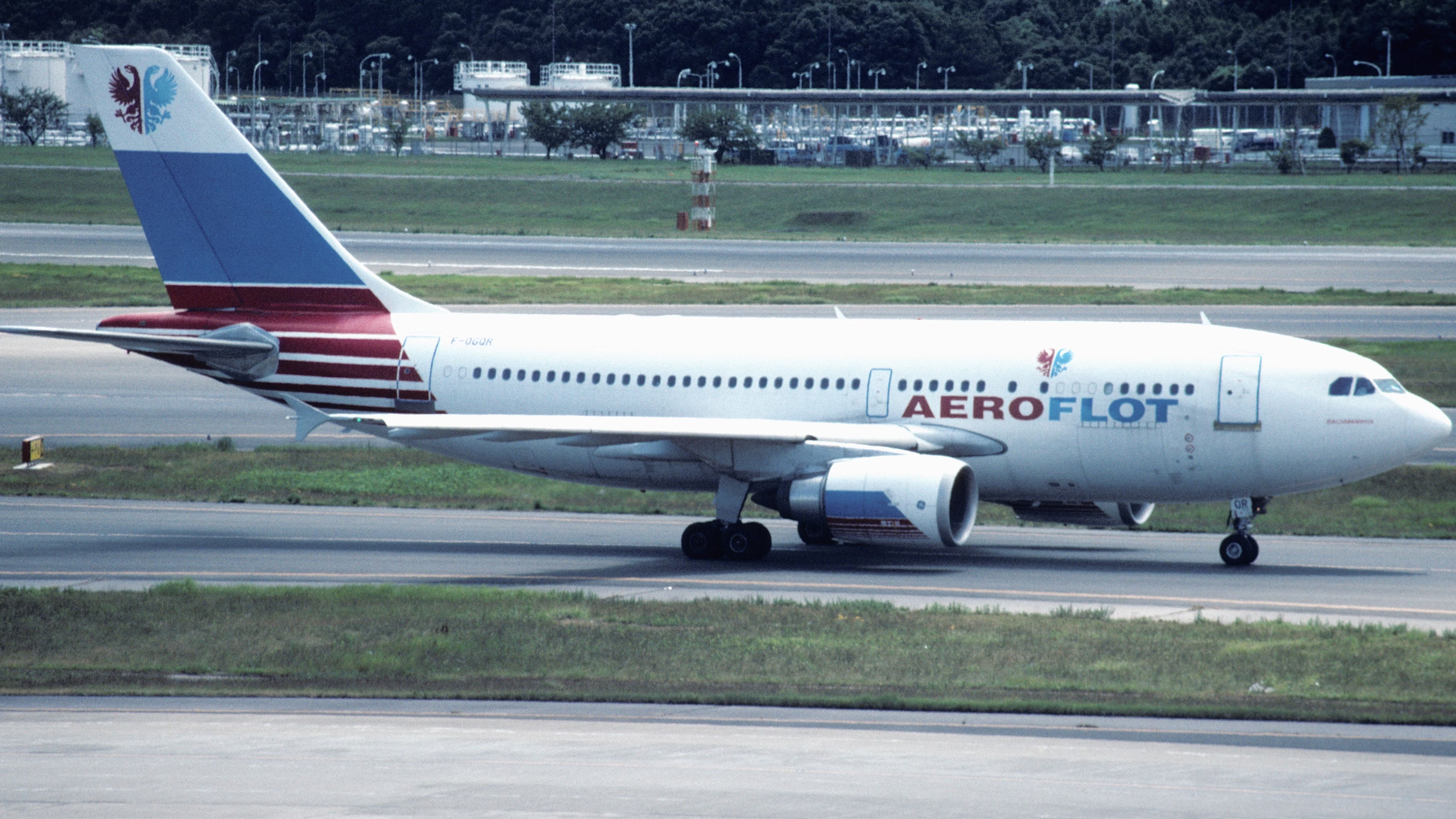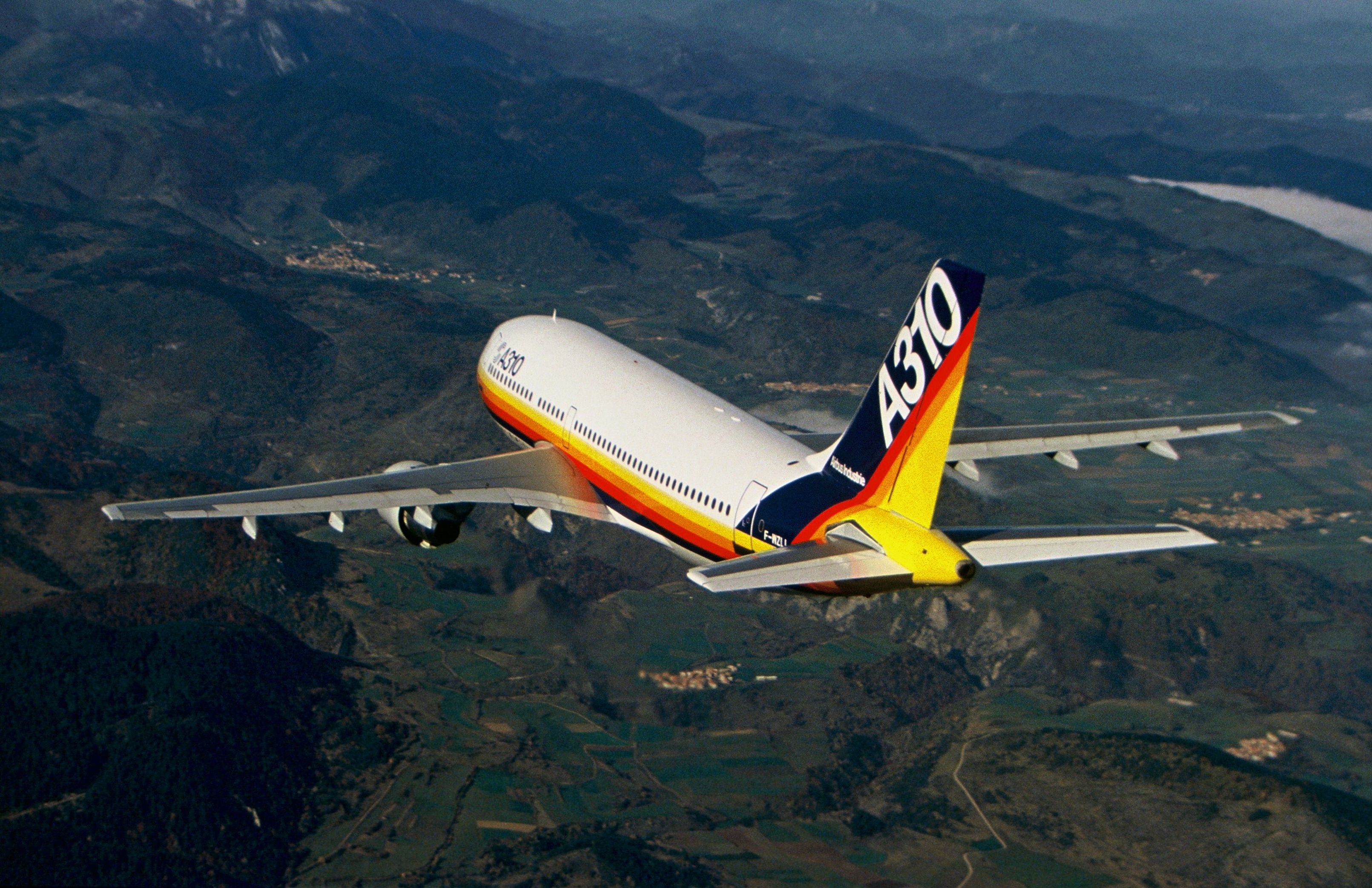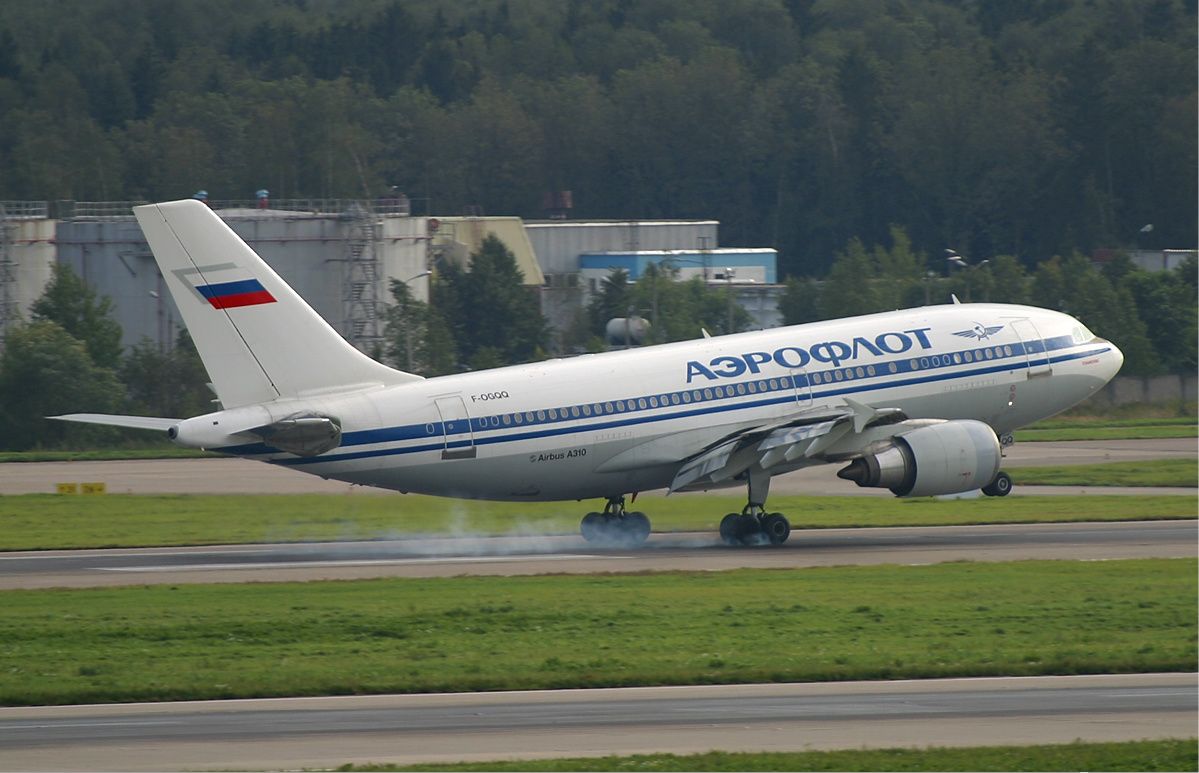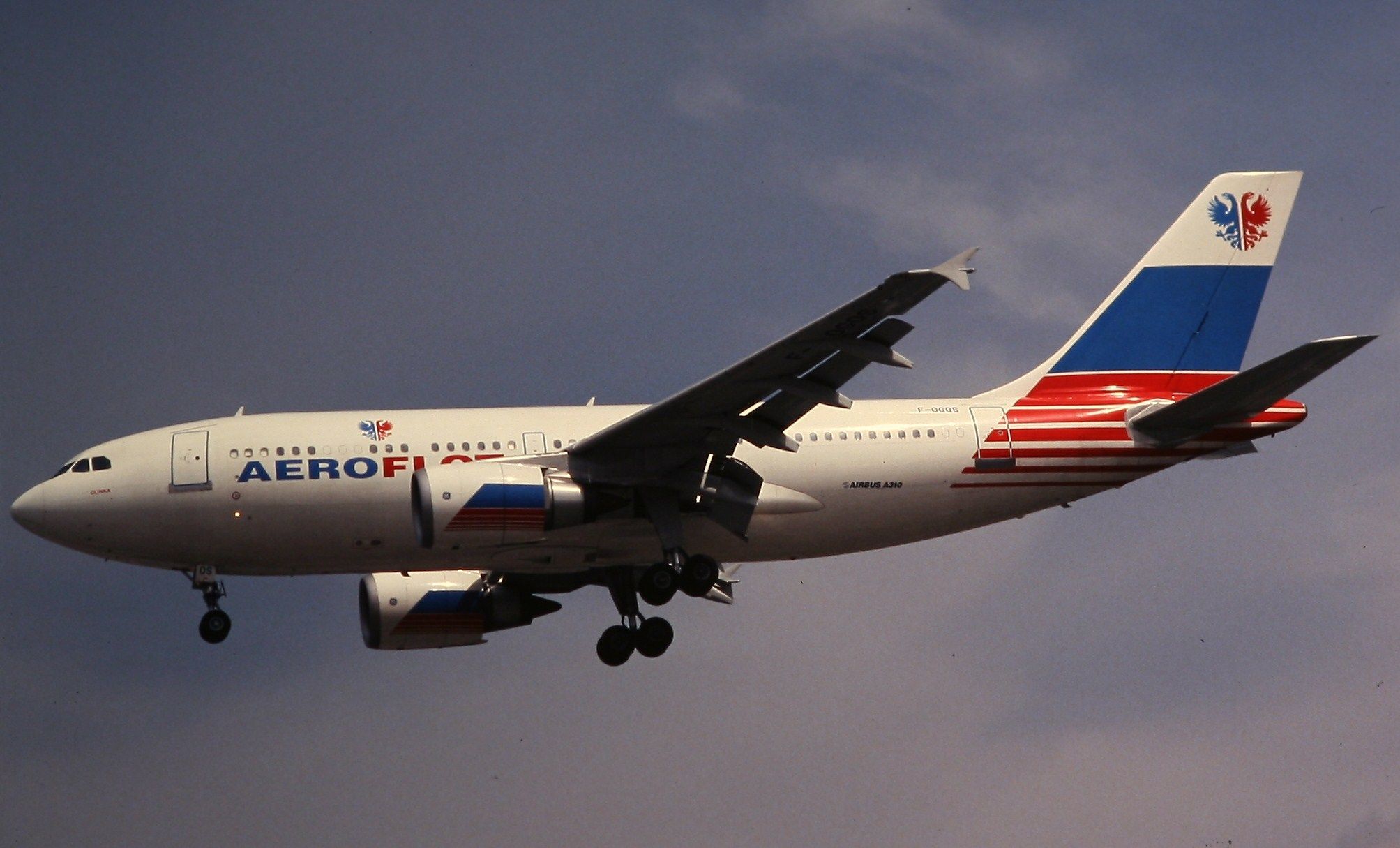Summary
- The tragic crash of Aeroflot Flight 593 was caused by cockpit carelessness when the relief pilot allowed his children to handle the controls, resulting in a steep bank angle and subsequent stall and spin.
- The presence of the relief pilot's children in the cockpit was against regulations and distracted the pilots from maintaining control of the aircraft.
- Similar accidents caused by cockpit distractions have occurred in the past, highlighting the importance of always flying professionally and adhering to safety regulations.
Many people remember when you could visit the cockpit during a flight. This has now generally been prohibited for many years, and cockpit access is much more secure these days.
However, one unfortunate cockpit visit stands out when one of the pilot's children was allowed to take control – with devastating results. In this article, we will take a deeper look at the story of Aeroflot Flight 593, a tale of completely preventable tragedy.
Aeroflot Flight 593 background
The incident happened onboard an Aeroflot Airbus A310 aircraft on March 23rd, 1994. The aircraft carried registration F-OGQS and had only entered service with the airline at the end of 1992. At the time, Aeroflot had recently welcomed five of the type in its fleet and handpicked an elite group of two dozen pilots to fly its new Western planes.
The A310 was operating Aeroflot Flight 593 from Sheremetyevo International Airport (SVO), Moscow, to Kai Tak International Airport in Hong Kong. There were 63 passengers onboard (40 Russian nationals and 23 foreigners), plus nine flight attendants and three pilots.
Want answers to more key questions in aviation? Check out the rest of our guides!
Piloting the aircraft on that evening was captain Andrey Viktorovich Danilov, 40, first officer Igor Vasilyevich Piskaryov, 33, and relief pilot Yaroslav Vladimirovich Kudrinsky, 39. This third and final pilot will be the center point of our story.
Family visit to the cockpit
Two of the passengers onboard were the children of relief pilot Kudrinsky – his sixteen-year-old son Eldar and 12-year-old daughter Yana. A few hours into the flight, they visited their father in the cockpit – while this in itself was technically not permitted under Russian aviation regulations, in those days it was not unusual to give younger passengers a cockpit tour. By this point, Captain Danilov had exited the cockpit to sleep, giving up his position to Kudrinsky, who was to be accompanied by Piskaryov for the rest of the flight.
What was unusual and dangerous was that Yaroslav allowed his children to sit in the pilot's seat and handle the aircraft's controls. The autopilot was engaged at the time, but Yaroslav wanted to entertain his children and give them the impression they were flying the plane. The details of what happened next are only available to us from the aircraft's cockpit voice recorder and other instruments that survived the jet's crash, as was reported by media outlet Medium.
His daughter, Yana, took the controls first. Yaroslav adjusted the heading on the autopilot to turn the aircraft while she was at the controls, but the autopilot remained engaged. His son, Eldar, then did the same but applied much more force to the control column. This disengaged autopilot control of the aircraft ailerons, leaving Eldar partially in control. This is clearly a situation that the experienced Russian pilot should have seen coming.
This caused the aircraft to bank right - pilots were initially unaware anything was wrong as the A310's silent indicator went off. The pilots became confused as the flight path depiction shown on the screen changed to show a 180-degree turn. In the time it took to realize the problem, the aircraft's bank angle had steepened past 45 degrees to almost 90 degrees.
A stall and a spin
The Airbus A310, like most commercial aircraft, could not handle such a steep bank angle. The aircraft started to descend rapidly. With the autopilot disengaged from aileron control, it tried to compensate by pitching up and increasing thrust.
The aircraft's stall quickly began, and the pilots automatically shifted into a dive in an attempt to regain control of the aircraft. Initially, the pilots succeeded in pulling the aircraft out of the stall, but the first officer accidentally overcompensated, stalling the aircraft once more. He was the pilot with the fewest hours logged on the A310, at just 440.
This time, the steep angle caused the aircraft to spin. Again, the pilots managed to recover, but the aircraft had lost too much altitude. It crashed into the Kuznetsk Alatau mountain range in Kemerovo Oblast, killing everyone onboard - the entire tragic situation had unfolded in just two-and-a-half minutes.
Cause of the crash
The children's actions and their distractions in the cockpit were contributing factors. Allowing them to take any form of control was against regulations. There was no evidence of a technical failure of any sort found. Sadly, if the pilots had left the controls on the autopilot, rather than trying and correct them manually, they would have recovered the situation.
It is also worth noting that the Airbus A310 was the first Western-made aircraft to join the Aeroflot fleet - up until the early 1990s, the Russian carrier had only operated domestically produced planes, such as the Yakovlev Yak-42, Tupolev Tu-54 and Ilyushin Il-86. However, with the collapse of the Soviet Union and the fall of the Iron Curtain in 1989, Aeroflot was able to invest in more modern and dynamic Western aircraft. However, not all pilots were significantly experienced with these planes when this incident occurred.
There were some conspiracy theories about the incident, such as the idea that it could have been caused by a terrorist bombing (as 64 passengers had booked seats but only 63 boarded). Nonetheless, these ideas were silenced when the cockpit voice recording was made public.
Similar accidents
As it happens, there have been multiple instances whereby cockpit carelessness has led to significant loss of life. Indeed, less than a decade before Aeroflot Flight 593 crashed, another one of the carrier's aircraft was lost in similar circumstances. In 1986, a Tupolev Tu-134 (and 70 of its 94 occupants) was lost when its Captain bet the First Officer that he could land with the cockpit curtains closed.
Meanwhile, in October 2004, a Pinnacle Airlines Bombardier CRJ200 operating a repositioning flight crashed after its pilots deliberately pushed the regional jet beyond its operational limits. This caused it to come down near Jefferson City, Missouri following a dual-engine flameout. Both pilots perished as a result.
In 2017, two Air Algerie were suspended after allowing a 10-year-old orphan boy to fly a commercial plane. The boy's experience was reportedly funded by a charity and captured on film by a local TV station - one of the pilots would later confirm that the boy had partial control of the aircraft during the flight, and it wasn't just a stunt for the cameras.
Inflight cockpit visits became a thing of the past after security was heightened following the 9/11 attacks in 2001, so a repeat of Aeroflot Flight 593 is unlikely. However, the Pinnacle Airlines flight was a positioning leg with no passengers that took place three years after 9/11. This reinforces the need to always fly professionally, even on flights with no one onboard the aircraft but the pilots.
Nonetheless, the incident was a serious embarrassment for Aeroflot, and the families of passengers who had perished in the incident were rightfully enraged. Ultimately, pilots will need to always put safety first when in charge of an airborne jet.
Have you ever visited the cockpit during a flight? Do you remember when this used to be a common experience? Let us know your thoughts and experiences in the comments!




